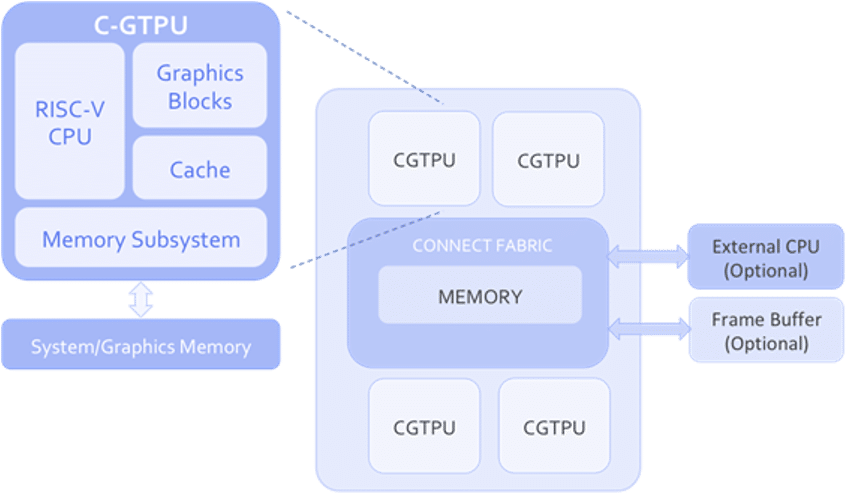How Outsourcing Companies Drive Business Innovation
Running a business sounds exciting, but the reality is different. It’s stressful, expensive, and takes a lot of effort. You have got to handle marketing, operations, customer service, and data management—basically a never-ending to-do list. If you try to do everything alone, you’ll eventually burn out.
That’s where outsourcing companies come in. They pass on repetitive or complex tasks to experts so they can focus on growing their business. But outsourcing isn’t just about saving time-–it’s a game changer for companies that want to innovate and scale faster.
Let’s break it down.
1. Saves Money, So You Can Invest in Bigger Goals
Hiring employees is expensive. You don’t just pay salaries—you cover training, office space, software, and benefits. For a small or growing company, that’s a lot. Outsourcing cuts these costs because you only pay for what you need.
Take a startup, for example. Instead of building a full customer support team, they outsource to a BPO company. This way, they get trained professionals without spending months on hiring. The money saved? That can go into marketing, product development, or expansion.
2. Gives You Access to Experts
Not every business can afford in-house specialists. Whether it’s IT, digital marketing, or data analytics, hiring experts is tough. Outsourcing connects you with skilled professionals instantly.
For example, an e-commerce brand might need SEO experts, content writers, or ad managers. Instead of building an entire team, they outsource these tasks to agencies that already have top-level talent. No hiring headaches—just results. StrategyDriven emphasizes how outsourcing helps businesses gain access to expert skills without long hiring processes.
3. Helps Businesses Scale Without Stress
Imagine your business suddenly takes off. Orders are piling up, customers are reaching out, and things are getting out of control. If you rely on in-house teams, you will struggle.
Outsourcing company solves this. Need more customer support agents? Your outsourcing partner can increase staff overnight. Need extra IT support? Your outsourced team can scale instantly. You do not have to worry about hiring, training, or managing extra people.
This is why even big companies like Amazon and Google outsource. It lets them grow without operational stress.
4. Access to the Latest Technology Without Spending a Fortune
Technology keeps evolving. To stay ahead, businesses need AI tools, automation, cloud-based systems, and cybersecurity solutions. But these things cost lakhs to set up.
Outsourcing solves this problem. Many BPO companies and IT service providers use advanced tech—and when you partner with them, you get access to it without heavy investments.
For example, many outsourcing firms now AI chatbots for customer service, which means businesses get faster, smarter customer support without hiring an in-house AI team.
5. Lets You Focus on What Actually Matters
Every business has core strengths. A fashion brand should focus on designing great clothes, not handling customer queries. A tech startup should work on developing new software, not spending hours on admire work.
When businesses outsource non-essential tasks, they free up time to focus on what really matters—growth, strategy, and innovation.
Conclusion
Outsourcing isn’t just about saving money—it’s about working smarter. It helps businesses cut costs, access expert talent, scale faster, use advanced tech, and focus on their core strengths. That’s why companies of all sizes—from startups to global giants—rely on outsourcing to stay ahead.
If you want to take your business to the next level, learn more about a outsourcing company that can help you scale efficiently.







